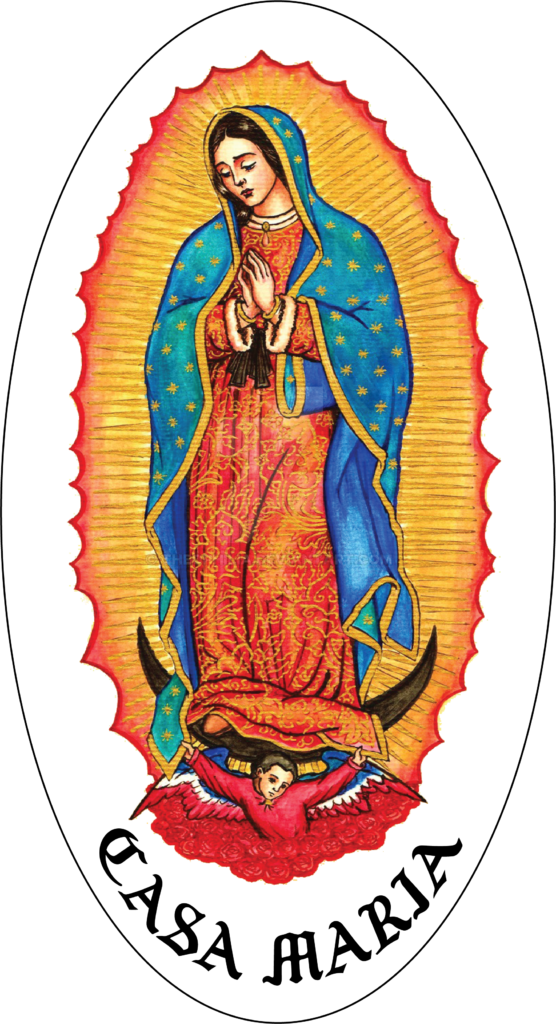by Brian Flagg,
December 8, 2013 Second Sunday of Advent
Mathew 3: 1-12
In due course John the Baptist appeared; he preached in the wilderness of Judaea and this was his message: -“Repent, for the kingdom of heaven is close at hand.” This was the man the prophet Isaiah spoke of when he said:
A voice cries in the wilderness:
prepare a way for the Lord,
make his paths straight.
This man John wore a garment made of camel hair with a leather belt around his waist, and his food was locusts and wild honey. Then Jerusalem and all Judaea and the whole Jordan district made their way to him, and as they were baptized by him in the river Jordan they confessed their sins. But when he saw a number of Pharisees and Sadducees coming for baptism he said to them, “Brood of vipers, who warned you to fly from the retribution that is coming? But if you are repentant, produce the appropriate fruit, and do not presume to tell yourselves, ‘We have Abraham for our father,’ because, I tell you, God can raise children form Abraham from these stones. Even now the ax is laid to the roots of the trees, so that tree which fails to produce good fruit will be cut down and thrown to the fire. I baptize you in water for repentance, but the one who follows me is more powerful than I am, and I am not fit to carry his sandals; he will baptize you with the Holy Spirit and fire.
This is possibly my favorite story, my favorite character of all, in the entire Bible!
Today we live within the confines of a mostly apostolate Christian Catholic Church. The faith has been domesticated. It has been pimped by well fed, well educated religious opportunists.
It was the same dynamic in the times of Jesus and St. John the Baptist. Juan called these guys a bunch of snakes, He told them to quit pimping his religion, repent and live an authentic faith, in solidarity with the poor and marginalized.
He employs vivid symbols such as an ax, producing good fruit, the wilderness (meaning the desert) and FIRE!
________________________________
por Brian Flagg,
Diciembre 8 del 2013, Segundo Domingo de Adviento
Mateo 3: 1-12
Por aquel tiempo se presentó Juan Bautista y empezó a predicar en el desierto de Judea; este era su mensaje: “Renuncian a su mal camino, porque el Reino de los Cielos está cerca.” Es a Juan a quien se refería el profeta Isaías cuando decía:
Una voz grita en el desierto:
Preparen un camino al Señor;
hagan su senderos rectos.
Además de la piel que le ceñía la cintura, Juan no tenía más que un manto hecho de pelo de camello. Su comida eran langostas y miel silvestre. Venían a verlo de Jerusalén, de toda la Judea y de la región del Jordán. Y además de confesar sus pecados, se hacían bautizar por juan en el rio Jordán.
Juan vio que un grupo de fariseos y de saduceos habían venido donde el bautizaba, y les dijo: “Raza de víboras, ¿Cómo van a pensar que escaparan del castigo que se les viene encima? Muestren los frutos de una sincera conversión, pues de nada les sirve decir: “Abraham es nuestro padre”. Yo les aseguro que dios es capaz de sacar hijos de Abraham aun de estas piedras. El hacha ya está puesta a la raíz de los árboles, y todo árbol que no da buen fruto, será cortado y arrojado al fuego.
Yo los bautizo en el agua, y él es el camino a la conversión. Pero después de mi viene uno con mucho más poder que yo – yo ni siquiera merezco llevarle las sandalias-, él los bautizara en el Espíritu Santo y el Fuego.
¡Esta historia es posiblemente mi favorita, y mi personaje favorito, de toda la Biblia!
Hoy vivimos en los confines de una Iglesia Cristiana Católica apostólica. La fe ha sido domesticada. Ha sido prostituida por religiosos oportunistas bien alimentados y educados.
Fue la misma dinámica que en los tiempos de Jesús y San Juan el Bautista. Juan llamo a estos hombres culebras, Él les dijo que dejen de prostituir su religión, arrepentirse y vivir una fe autentica, en solidaridad con los pobres y marginalizados.
¡El empleó símbolos vívidos tales como una hacha, el producir buen fruto, el yermo (significa el desierto) y el Fuego!

